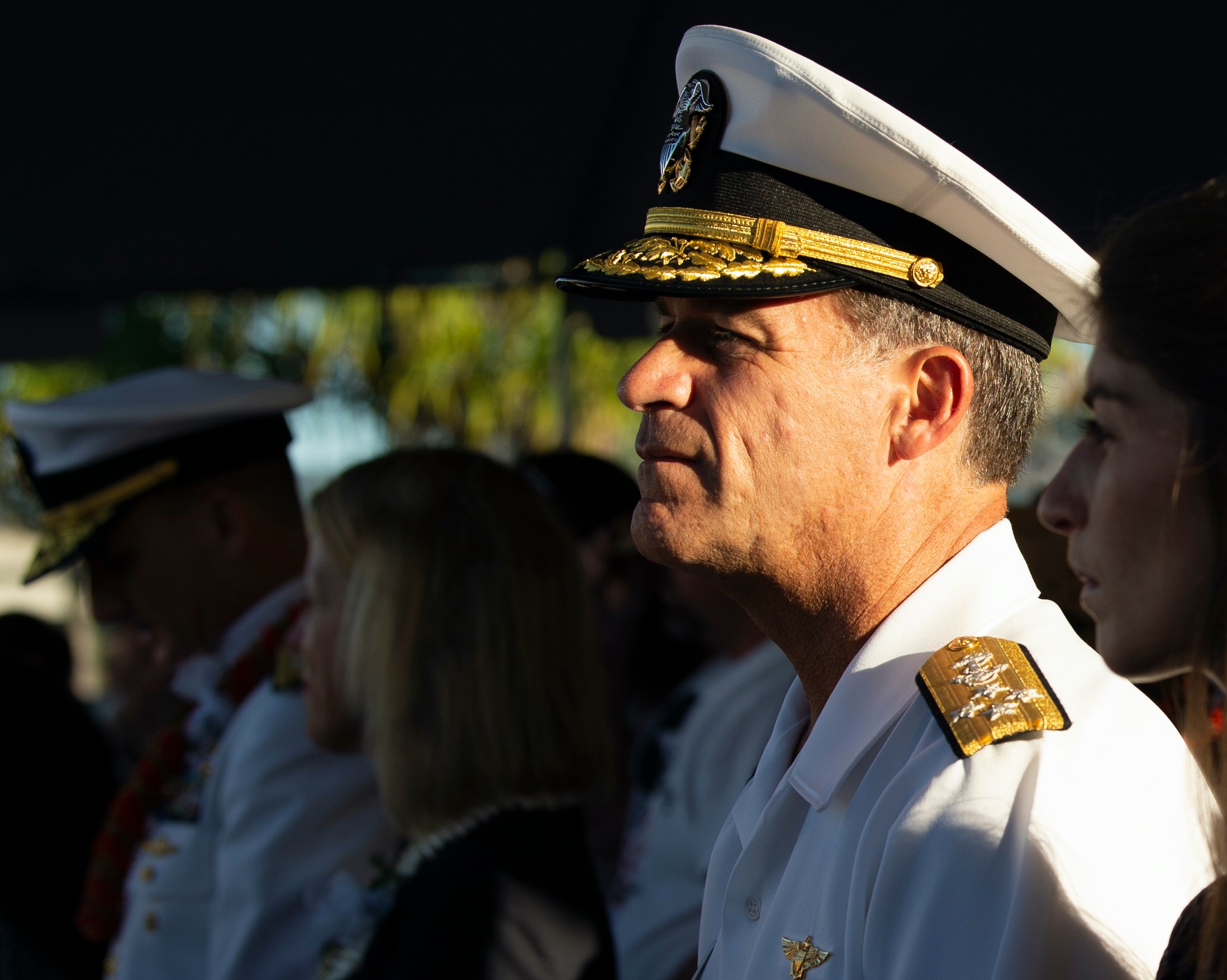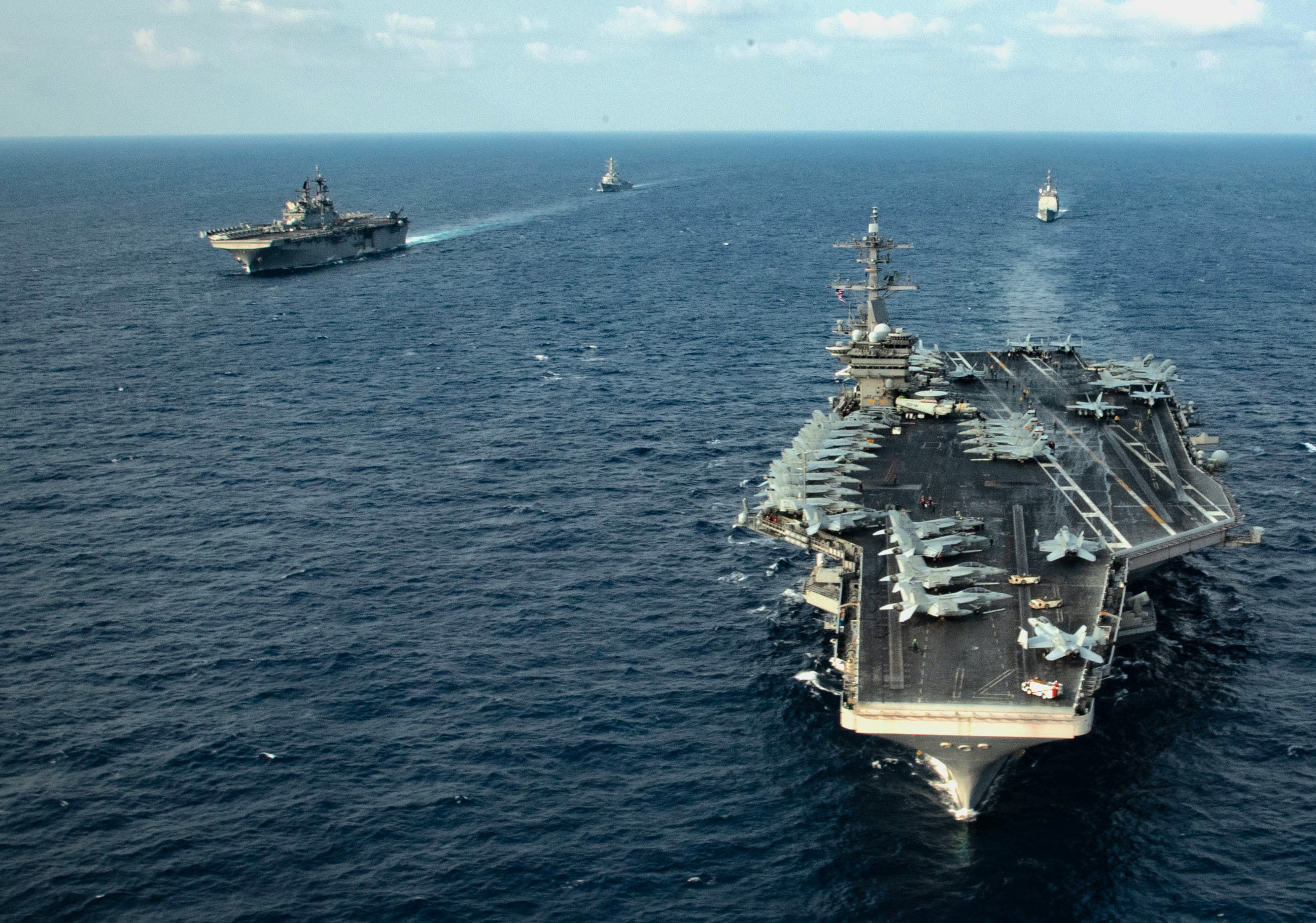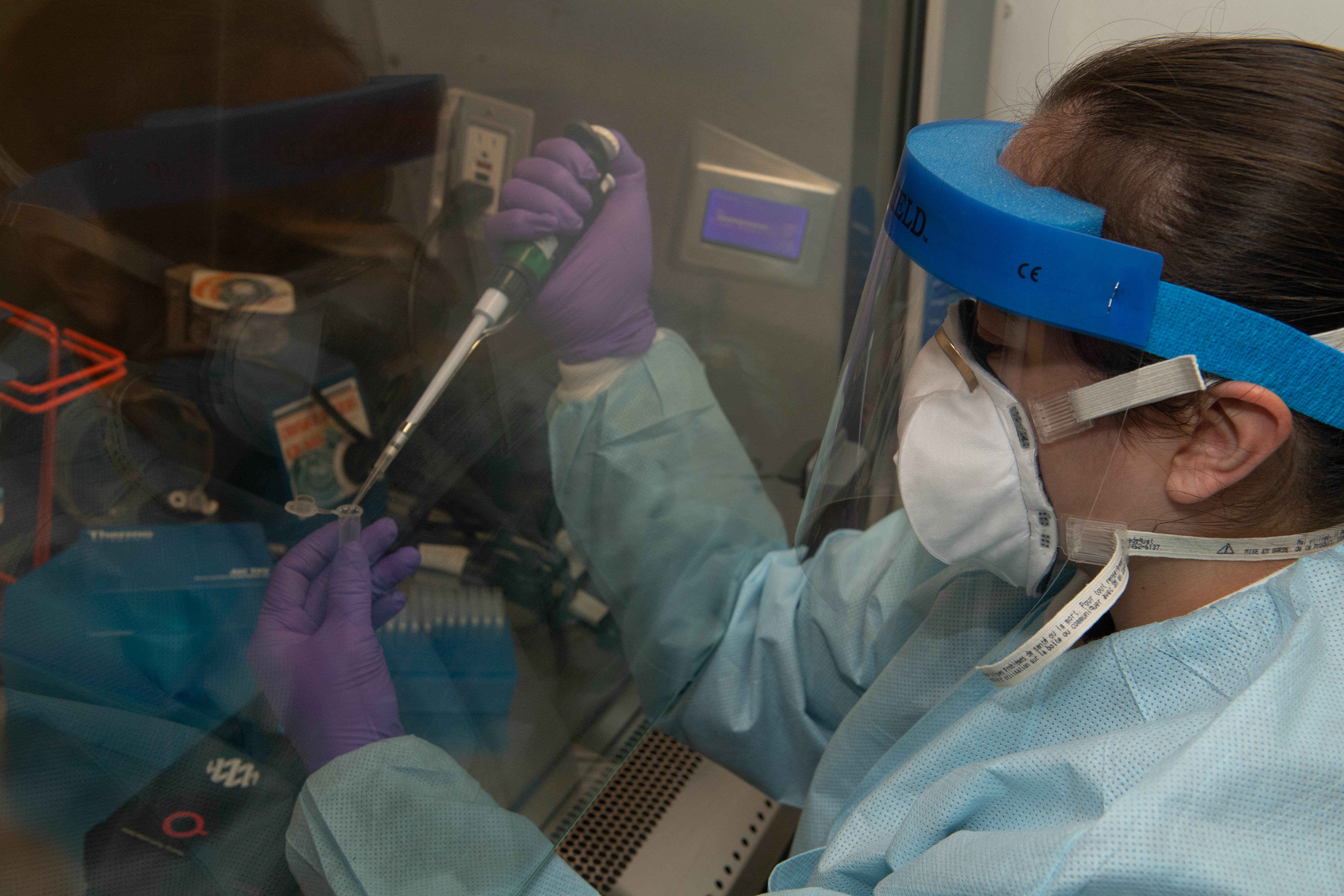
Before COVD-19 restrictions gripped the U.S., the U.S. Pacific Fleet was already starting to become wary of the threat. Spread from India to California, Pacific Fleet is the largest Navy operating area containing more than half of the service’s warships at any given moment.
As the disease spread in Asia, ships in the area began butting against the edges of the spreading COVID-19 epidemic and instituted the maritime equivalent of social distancing: a 14-day gap between port calls to ensure crews were healthy before pulling into the next stop.
As the spread grew, PACFLEET Commander Adm. John Aquilino continued to prepare his command.
“I gave the fleet guidance and said, we have to do three things,” he told USNI News in a Wednesday interview.
“The first is to ensure the health of our sailors and their families. The second is to ensure that we don’t spread this disease either to the homeland or to our allies and partners. And then the third is that we ensure we maintain our warfighting readiness.”
Those directives come as Pacific Fleet, particularly in California, has begun to see the virus crop up more. This week, Chief of Naval Operations Adm. Mike Gilday announced that three sailors aboard USS Theodore Roosevelt (CVN-71) had tested positive for COVID-19 following a rare port visit to Vietnam. (Aquilino and his staff were part of the Navy delegation for the Vietnam port call but have neither shown symptoms for COVD-19 nor been tested, he told USNI News). Since then, five more sailors have been diagnosed on the carrier for a total of eight.
While it isn’t clear that the COVID-19 infection came from the port call, as aircraft have been coming and going from the carrier in the weeks since, the incident raises concerns on how quickly a ship could become racked with the virus.

“My docs are in direct coordination with CDC, WHO, to make sure that we understand how they have categorized the global risk to help inform our decisions. And we’re directly aligned with CDC policies across the globe,” he said.
To that end, Pacific Fleet has instituted a new regime of cleanliness and disinfection to slow the spread. New measures also include posting health screeners on the quarterdeck of warships that look for symptoms like cough and fever before allowing people aboard. PACFLEET has also cracked down on the information it releases publicly.
The Navy reported previously sailors on Pacific Fleet ships USS Boxer (LHD-4), USS Ralph Johnson (DDG-114) and USS Coronado (LCS-4) have tested positive for COVID-19 but stopped naming ships claiming it was an operational security risk.
“We’re managing every event on a case-by-case basis,” Aquilino said.
“We don’t comment on operational schedules, and we don’t put out information that might give any adversary an understanding of our readiness.”
Ashore, Aquilino has spread out the workforce across different shifts and encouraged teleworking were applicable to keep up the maximum amount of separation between sailors.
“All of those things are designed for prevention,” he said.
Now, since the discovery of the COVID-19 cases on Roosevelt, the restrictions on ships have tightened, he said.

“When we do pull into port, we’re at a point where we’re not taking liberty,” Aquilino said.
“We’re ensuring that the ships are maintained, the crew is rested. But we’re kind of locking down.”
So far Pacific Fleet is meeting its mission goals, but looming for Aquilino and U.S. 3rd Fleet Commander Vice Adm. Scott Conn is this summer’s biennial Rim of the Pacific 2020 exercise, the Navy’s largest international drill that can bring close to 30 countries together off Hawaii.
For now, the exercise is proceeding.
“We’re going to continue with the planning. Adm. Conn did the last planning event completely virtually,” Aquilino said.
“We’ll look at all options from, you know, full-blown RIMPAC to an adjusted RIMPAC to a delayed RIMPAC. We’re working through all those options. All of the nations, they will have a chance to make their own choices, and we’ll coordinate with them on all the different options. But we’re not anywhere near a cancellation decision point.”
While there are more restrictions on the ships in the region, Aquilino had high praise for his command.
“I’m really proud of the sailors operating in what I would have categorize as a much more constrained environment,” he said. “The fact that they are continuing to execute their mission should give the American people some level of confidence in the U.S. Navy.”





